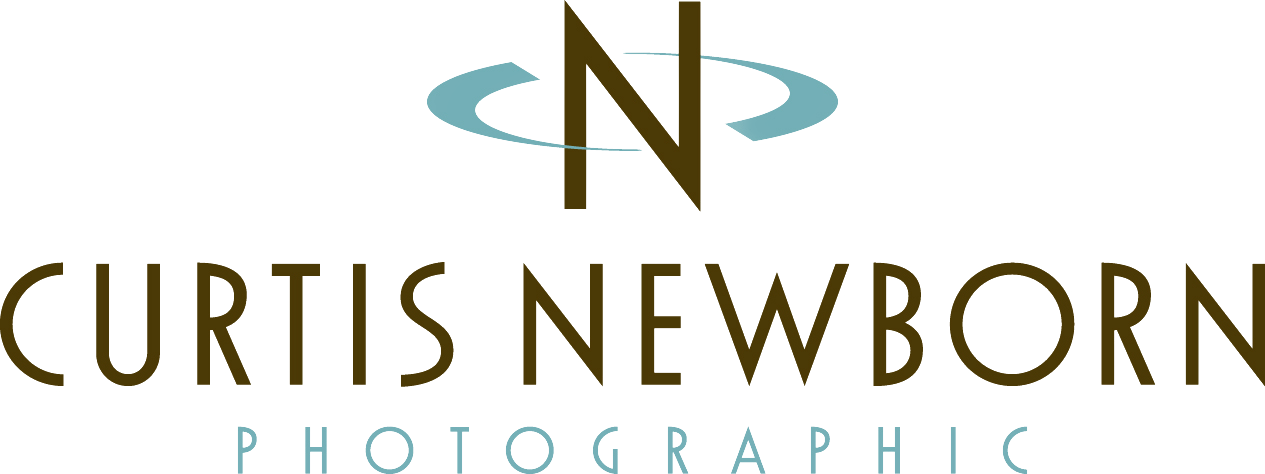Lately, we’ve noticed a welcome shift in the way photographers are thinking about how they do their work. Instead of relying solely on the newest, easiest technology to produce large, attractive photographs, they’re throwing a nod to the ways of the past, developing images on paper in a darkroom, instead of pointing, shooting, and downloading digitally.
Using a medium format camera is one of the greatest and most effective ways to produce beautiful images on film. It’s well known that medium format images have the potential for flawless resolution and huge print size; However, there are several other reasons photographers should add it to their repertoire.
What is Medium Format Photography?
“Medium Format” typically refers to a film size larger than 24x36 mm but smaller than 4”x5” large format film. The term is typically used to refer to cameras that shoot film. Medium format film comes in two sizes: “120,” which produces 12 square images, and “220,” which produces 24.
What’s the Deal with Pixels?
The more pixels you have, the higher quality image you’ll produce and the larger you’ll be able to produce it. Medium format photographs have 4 times the pixels than those on 35mm film. The images are incredibly detailed and clear, and they make nearly perfect large prints. Because these photographs can be enlarged significantly without sacrificing quality, many photographers use medium format film to produce images for gallery shows or to give as gifts.
It Won’t Break the Bank.
We know what you’re thinking: How can shooting medium format possibly be cost effective? Film tends to be expensive, and you may not even have a medium format camera. Well known versions such as the Hasselblad can cost up to $3,000.
But fear not, you can become a medium format photographer for $300 or less. There are many new and used medium format cameras out there that work just as well but cost less because they don’t have the Leica or Hasselblad label. Medium format twin reflex cameras and folding cameras can be found online or at antique stores, and 120 film can be ordered from just about any major photography equipment company. You’ll also need a film scanner to get the film images onto your computer for editing and enlargement, but a good scanner costs only $100$200.
The Difference is Clear.
Over the past few decades, medium format has emerged as the leading method for producing large exhibition prints. The work of artists such as AnMy Lê, Thomas Struth, and young photographers like Rob Hornstra demonstrates the power of this format.
If you’re looking for sharp, detailed, largerthanlife photo prints, you should be shooting medium format. The cost to start is small and the results are worth it.

